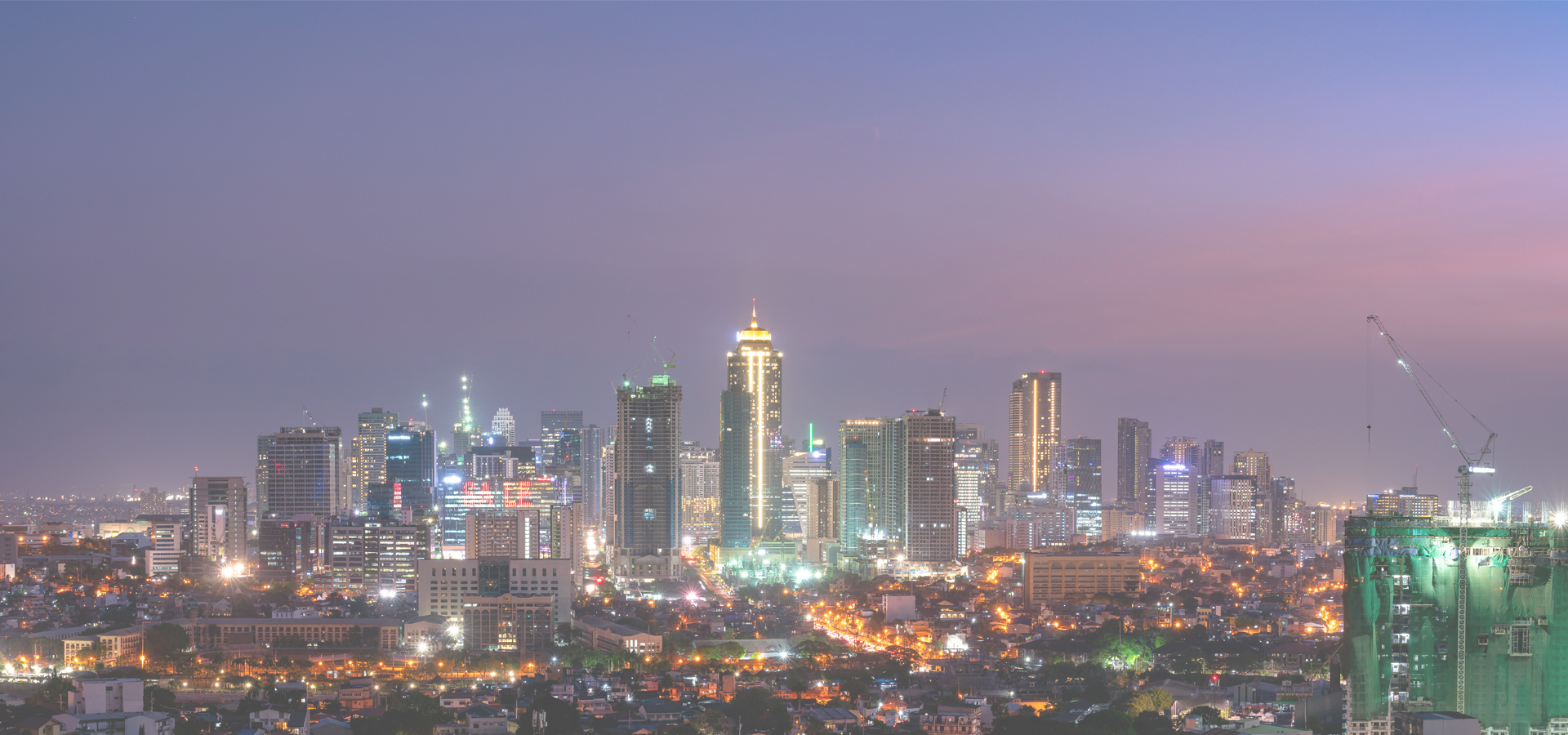San Juan Pequeño, Catanduanes, Philippines
🇵🇭 San Juan Pequeño, Bagumbayan, Bato, Catanduanes, Philippines. Bato, officially the Municipality of Bato, is a 5th class municipality in the province of Catanduanes, Philippines.
1History It has been known that the early Muslim settlers came from Borneo and Malaysia during the 13th century before the Spanish colonization. Many of these Muslim settlers were traders and carried their names like "Bato" who started their settlements in the area and later spread to the other regions of Visayas, Mindanao, and Luzon. Many of Bato's ascendants' and descendants' names originated from the three places in the Philippines named Bato—the other two being Bato, Camarines Sur and Bato, Leyte. Interestingly, of the three municipalities, only the town of Bato in Catanduanes differs in pronunciation, with the stress at the first syllable instead of the second.
At early morning on November 1, 2020, Super Typhoon Goni, locally known as Super Typhoon Rolly and the current record holder for the most intense landfalling tropical cyclone in terms of 1-minute maximum sustained winds, made landfall in the municipality and left widespread damage.
1Geography
Bato is located at the south-eastern portion of Catanduanes and is bounded on the north by the municipality of San Miguel; on the north-east by the municipality of Baras; on the east by the Philippine Sea; on the south by Cabugao Bay and on the west of Virac, the capital town of Catanduanes which is just 8 km (5.0 mi) from Bato.
1Geological feature Stability and permeability of basic rock formation could be seen in the geologic map the existence of fault line along barangays Oguis, Sipi, Binanuahan, Cabugao and San Andres. These areas are considered critical especially in terms of development as urban expansion. Like other municipalities in the province of Catanduanes, Bato has many mineral deposits like gold, manganese, coal and copper.
1Soil classification The municipality of Bato is composed of five kinds of soils: hydrosol, mountain soil, alimodian clay loam, Louisiana clay, and San Miguel silt loam.
1Slope The elevation rises from sea level to about 700 metres (2,300 ft) above sea level. The flat lands are mostly found along the coast of Cabugao Bay along the banks of the Bato River. These flat lands with a slope of 0-3% occupies an average area of 25-30% of the entire area of Bato. The Poblacion which is located along the eastern side of the Bato River is among the barangays having this slope, characterized to be level to nearly level land. However, due to its location, the Poblacion together with the adjoining barangays frequently suffer floods. The eastern portion of Bato which faces the Pacific Ocean has a slope ranging between 3-30% slope. These areas shield the lowlands of the municipality from the incoming winds of the Pacific. These areas are mostly planted with orchards, hard wood trees and abaca.
1Bato River The Bato River stretches as far as Viga to Cabugao Bay. Once it was abundant in marine life but due to erosion and consistent flooding, the riverbed has been dumped with soil and this caused the river to get shallow and dry up. In the southern part of the Bato River is a delta, locally known as the Napo. Here farmers grow their agriculture such as peanuts, sweet potatoes, corn, beans, coconuts and palms. It is also the site for settling carabaos.
The river divides Bato into the east and west district. The Bato bridge, the longest in the Bicol region, spans the river from Baranggay Tilis to Baranggay Sipi. The old bridge is located in Baranggay Balongbong, and it was destroyed during the flooding of supertyphoon Rosing in 1995.
1Barangays Bato is politically subdivided into 27 Barangays. Each barangay consists of puroks and some have sitios. • Aroyao Pequeño • Bagumbayan • Banawang (Poblacion) • Batalay • Binanwahan • Bote • Buenavista • Cabugao • Cagraray • Carorian • Guinobatan • Libjo • Marinawa • Mintay • Oguis • Pananaogan • Libod (Poblacion) • San Andres • San Pedro • San Roque • Santa Isabel • Sibacungan • Sipi • Talisay • Tamburan (Poblacion) • Tilis • Ilawod (Poblacion).
1Manila Time

The Catanduanes Province has a population of over 271,879 people. For the location of San Juan Pequeño see: Bato.
🇳🇮 Wiwilí de Jinotega 13.617
🇸🇻 San Vicente 13.633
🇹🇭 Samut Prakan 13.598
🇧🇫 Ouahigouya 13.583
🇮🇳 Madanapalle 13.55
🇹🇭 Ratchaburi 13.536
🇳🇮 San José de Bocay 13.533
🇵🇭 Sultan Kudarat 124.25
🇵🇭 Cotabato City 124.243
🇵🇭 Iligan City 124.241
🇵🇭 Sorsogon City 124.009
Locations Near: San Juan Pequeño 124.3,13.6
🇵🇭 Tabaco 123.73,13.357 d: 67.3
🇵🇭 Sorsogon City 124.009,12.978 d: 76
🇵🇭 Sorsogon 124.006,12.974 d: 76.5
🇵🇭 Legazpi 123.73,13.13 d: 80.8
🇵🇭 Legaspi Port 123.73,13.13 d: 80.8
🇵🇭 Daraga 123.694,13.162 d: 81.7
🇵🇭 Castilla 123.876,12.955 d: 85.1
Antipodal to: San Juan Pequeño -55.7,-13.6
🇧🇷 Nova Mutum -56.084,-13.838 d: 19965.9
🇧🇷 Lucas do Rio Verde -55.917,-13.067 d: 19951.3
🇧🇷 Sorriso -55.7,-12.533 d: 19896.5
🇧🇷 Sinop -55.633,-11.833 d: 19818.5
🇧🇷 Cuiabá -56.096,-15.596 d: 19789.1
🇧🇷 Tangará da Serra -57.491,-14.621 d: 19791.1
🇧🇷 Várzea Grande -56.139,-15.652 d: 19782.1
🇧🇷 Campo Novo do Parecis -57.892,-13.675 d: 19778.1
🇧🇷 Primavera do Leste -54.333,-15.517 d: 19756.1